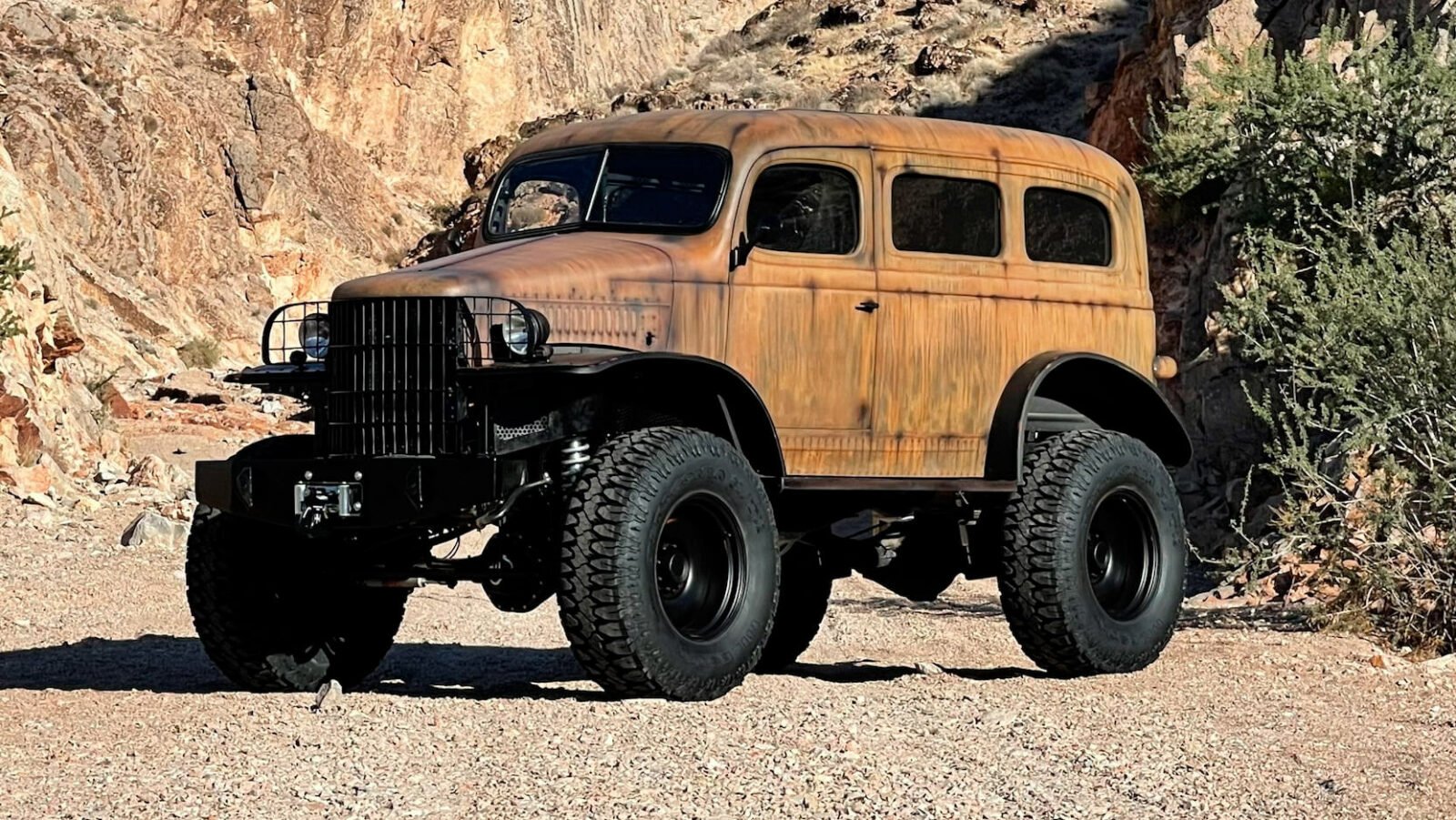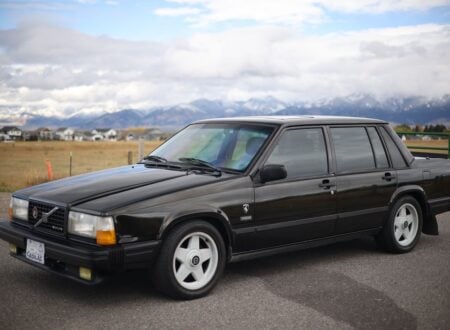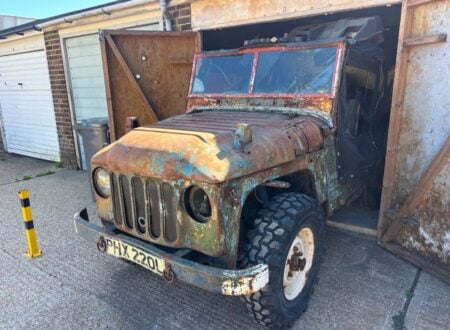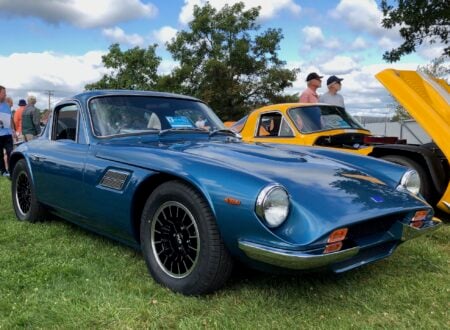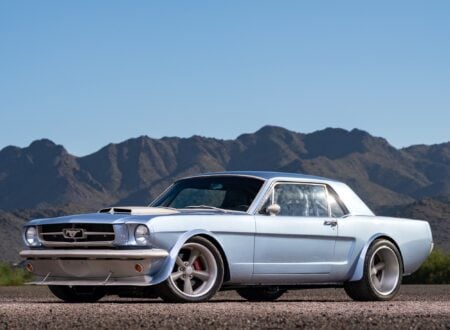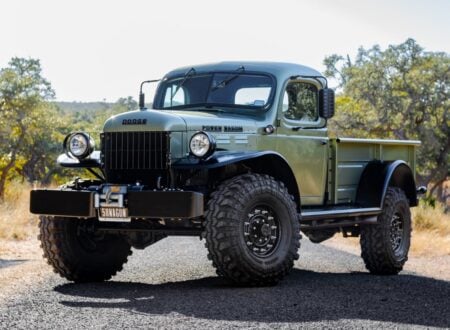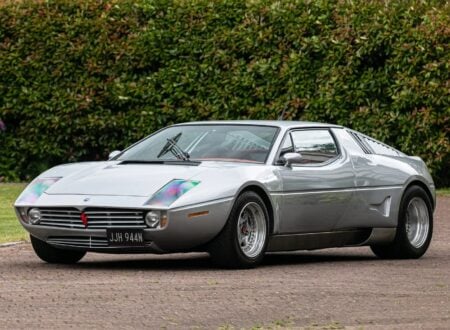This is a 1941 Dodge WC26 Wagon 4×4, it was built right around the start of America’s involvement in World War II as part of the first generation of WC series trucks and today it still retains its original chassis and steel body.
Of course, much of the rest of the truck has now been highly modified. Its has an all-new engine, transmission, suspension, brakes, and interior – an interior that’s far better equipped than the old WWII trucks ever were.
Fast Facts – The Dodge WC Series
- The Dodge WC series was a range of light military trucks produced by Dodge during World War II. The first model, the WC-1, entered production in 1940 after Dodge won a contract to replace the aging Dodge VC series.
- The WC series included a wide variety of models, each designed for a specific purpose, such as cargo carrying, personnel transport, and medical evacuation. The trucks featured four-wheel drive and were known for their durability and reliability in tough conditions.
- Over 250,000 WC trucks were produced during the war, and many were sold to civilians for a variety of purposes after the war.
- The popularity of the WC series led to the creation of the Dodge Power Wagon in 1945, a vehicle designed for civilian use but based on the same platform as the Dodge 3/4 ton WC series military trucks.
The Dodge WC Series 4×4 Trucks
The Dodge WC series is a range of light military trucks produced by Dodge during World War II. The “WC” designation stands for “Weapons Carrier,” as these trucks were designed to transport troops, weapons, and supplies in combat environments.
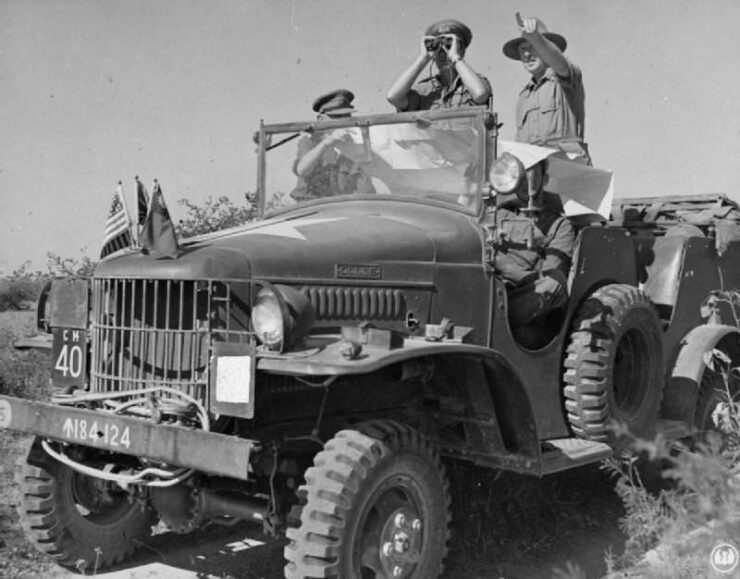

The WC series was closely based on the earlier (and very similar) Dodge VC series which had proven so invaluable that Dodge was contracted to supply more of them, and so the first WC model, the WC-1, entered production in 1941.
Over the course of the war, Dodge produced a wide variety of WC models, each designed for a specific purpose. The most common models were the WC-51 and the WC-52, which were used as cargo carriers and personnel transporters. The WC-53 was a command car with a longer wheelbase, while the WC-54 was a medical vehicle used as an ambulance. There were also specialized models for tasks such as firefighting and bomb disposal.
The WC series was powered by a six-cylinder L-head gasoline engine designed to work on very low octane fuels, producing 92.5 bhp at 3,170 rpm. The trucks featured selectable four-wheel drive, which made them highly capable off-road vehicles, they had dual-range transfer cases, and they were known for their durability and reliability in tough conditions.
Overall, the Dodge WC series played a significant role in the Allied war effort, with over 250,000 trucks produced during the war. After the war, many surplus WC trucks were sold to civilians and were used for a variety of purposes, including farming and construction.
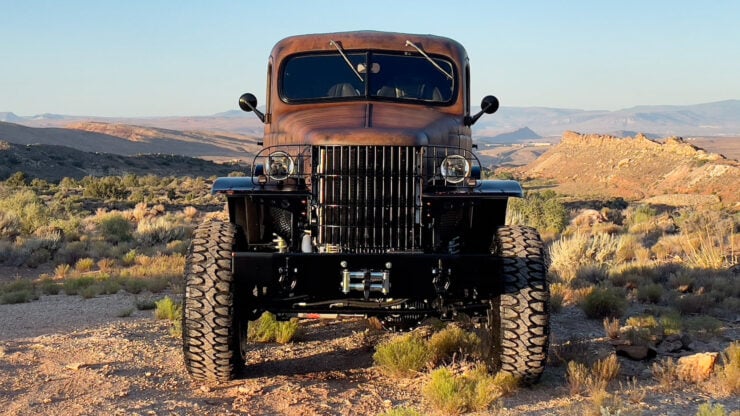

Today, the WC series is highly sought after by collectors and enthusiasts, and they remain a popular choice for off-road enthusiasts and vintage military vehicle collectors.
Interestingly, after WWII ended in 1945 Dodge released the Power Wagon, a vehicle closely based on the WWII-era WC trucks but modified for civilian use – it became remarkably successful and is now recognized as one of the earliest mass-produced 4×4 pickup trucks.
The Dodge WC26 “Weapons Carrier” Shown Here
The truck you see here has clearly been significantly modified from its original form. It retains the original steel body and ladder frame chassis of the Second World War-era truck but it’s been completely rebuilt into a much more powerful, and much more capable machine.
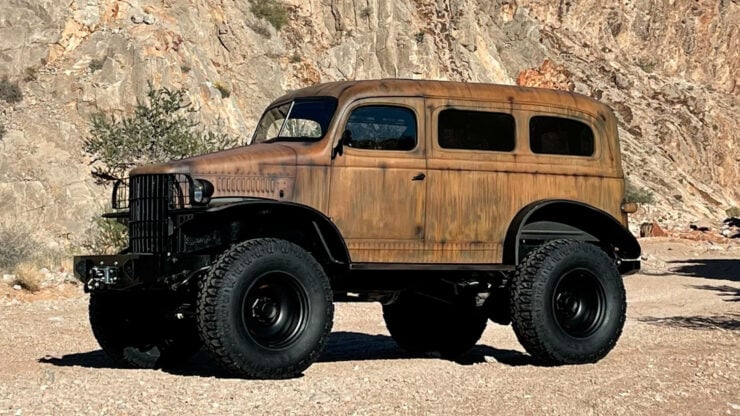

The original six-cylinder engine has been removed and replaced with a 5.9 liter 24 valve Cummins turbodiesel engine with an intercooler and a custom tune. Power is fed back through an automatic transmission to all four wheels, and diesel is stored in a custom-made 38 gallon aluminum fuel tank.
During the build the body and chassis were separated and individually restored. The body contains no bondo or filler, with the major change being the panoramic sunroof that wasn’t a feature of the original truck.
It’s now be fitted with all new suspension front and back providing a significant gain in both height and ground clearance, and it’s fitted with Detroit Steel “D-Town” 22 inch wheels shod with hefty 42 inch Milestar Patagonia M/T-02 tires.
Looking under the hood you’ll notice the presence of power brakes, dual aluminum Griffin radiators, and air-conditioning – which is piped into the front and rear of the vehicle to keep everyone comfortable even when out touring Death Valley.
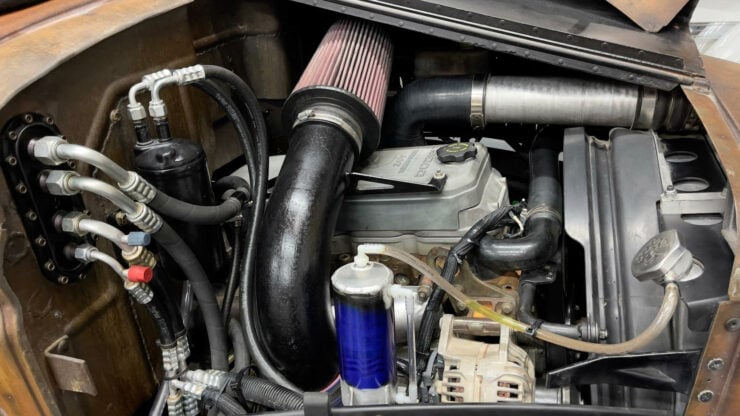

The exterior of the truck has been given a look akin to rust, however it’s actually a custom one-off “Patina” paint job. Inside the truck you’ll find twin reclining bucket seats up front with a two person reclining seat in the rear.
The interior has been given a rubberized coating as well as sound deadening throughout, an MB Quart sound system, interior auxiliary lighting, and custom billet dash knobs and air vents. The truck is also equipped with dual deep cycle Interstate batteries, a factory original flip out front windshield, a Warn 12,000 pound winch, and a FASS fuel system.
If you happen to be in the market for a truck that’s already ready for the impending apocalypse the good news is that this one is due to roll across the auction block with Mecum in late March. If you’d like to read more about it or register to bid you can visit the listing here.
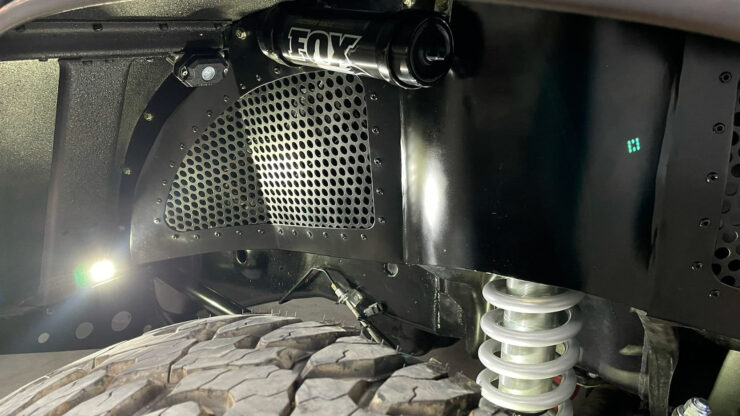
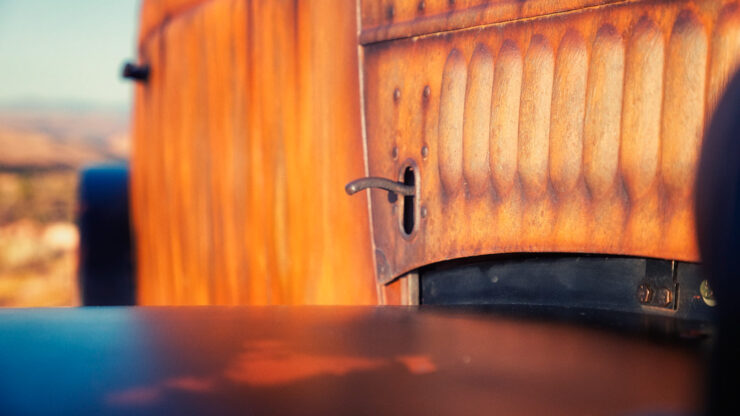

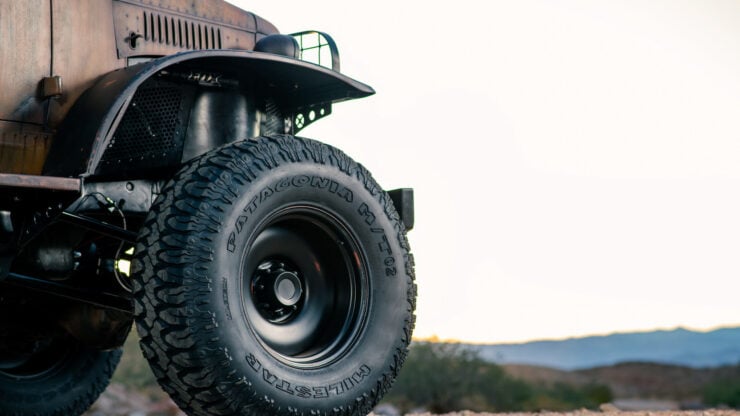
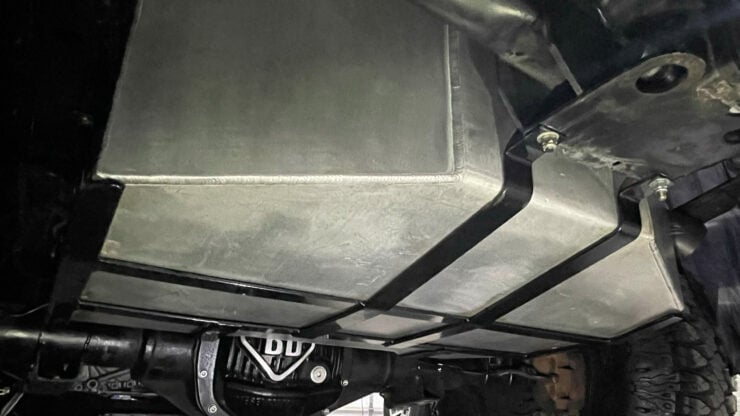
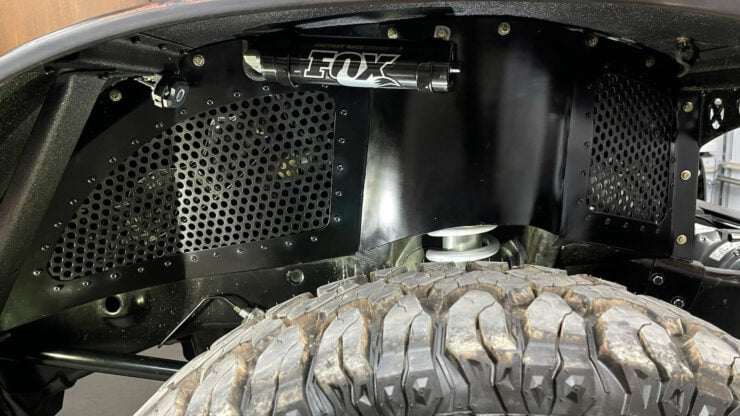
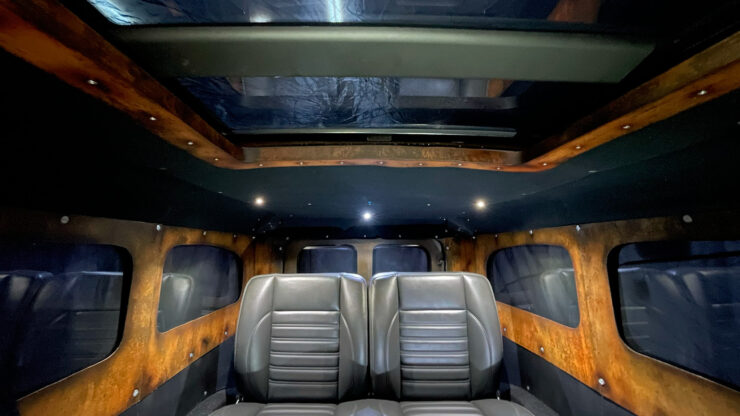
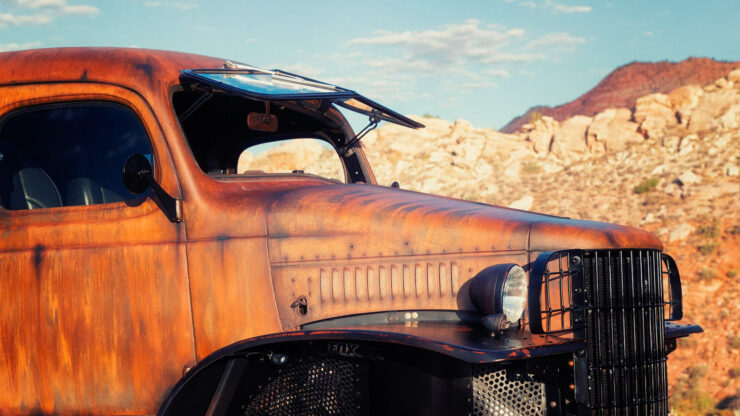
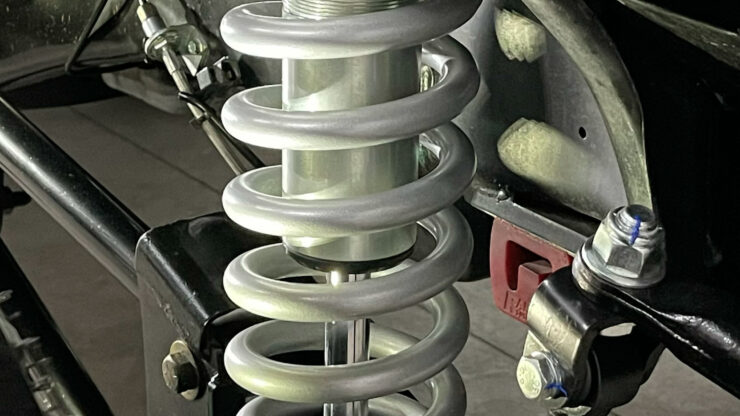
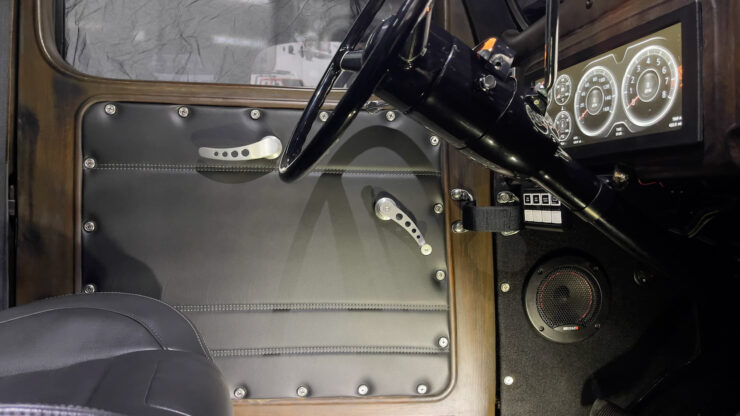
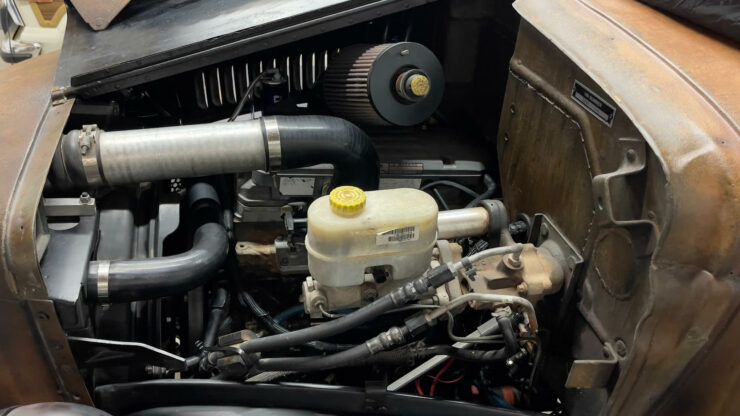
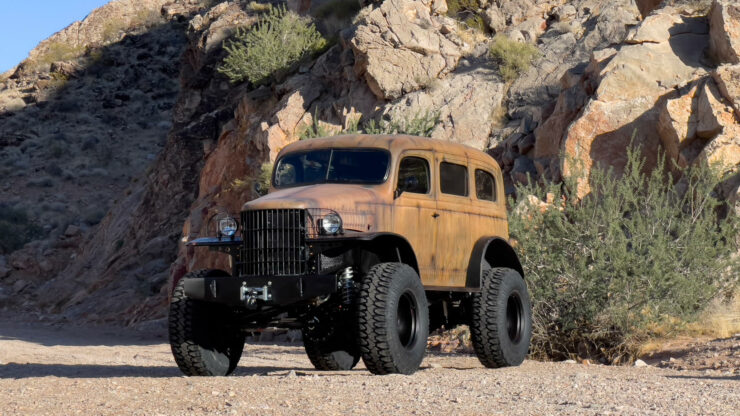
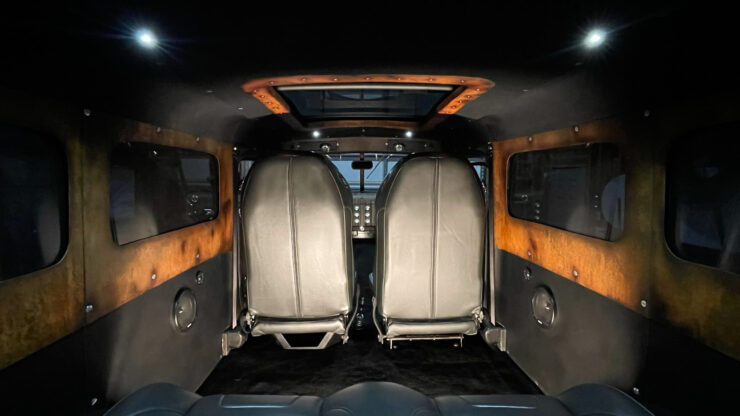
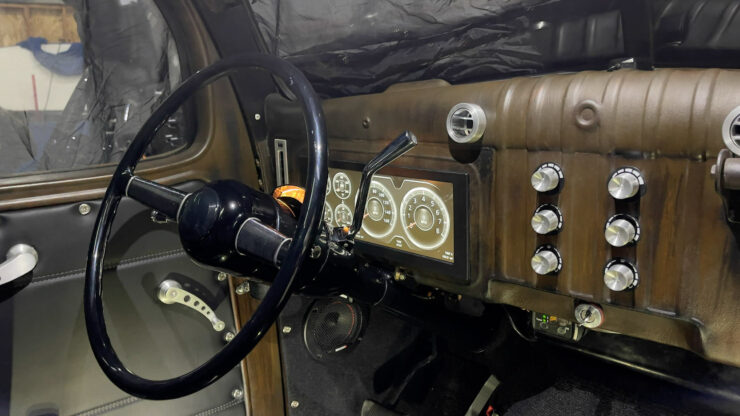
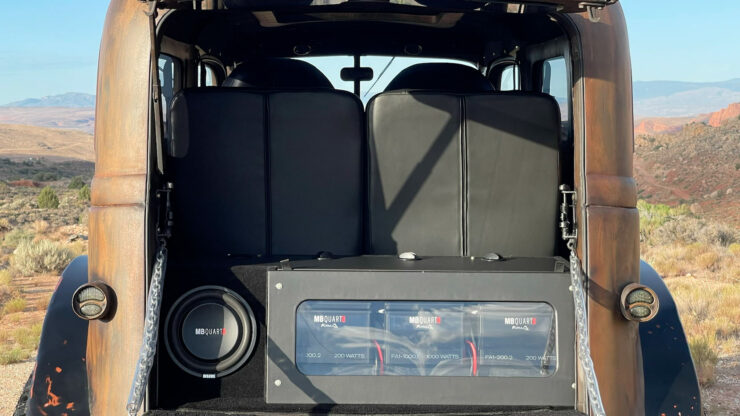
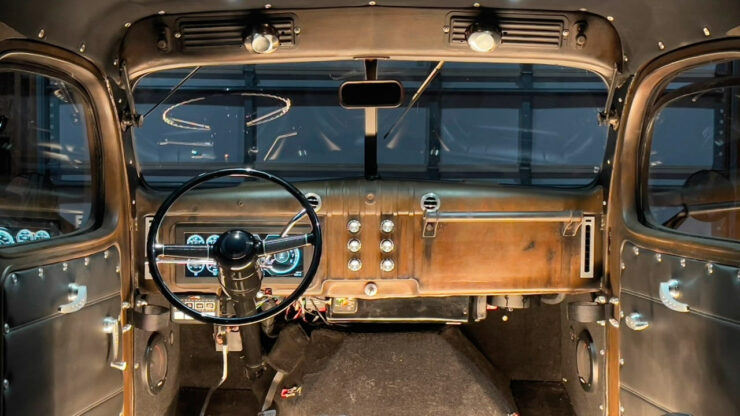
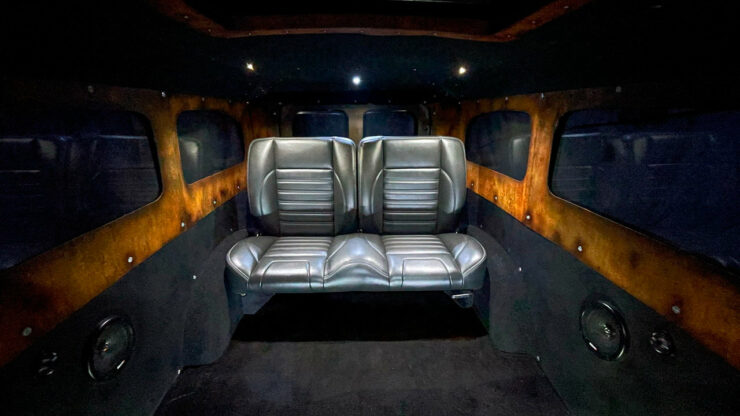
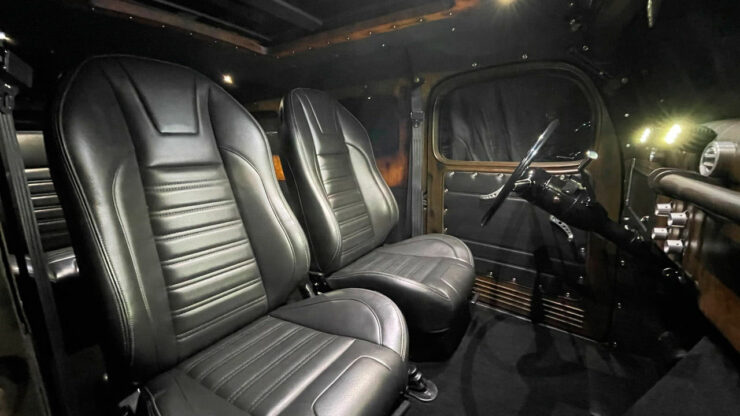
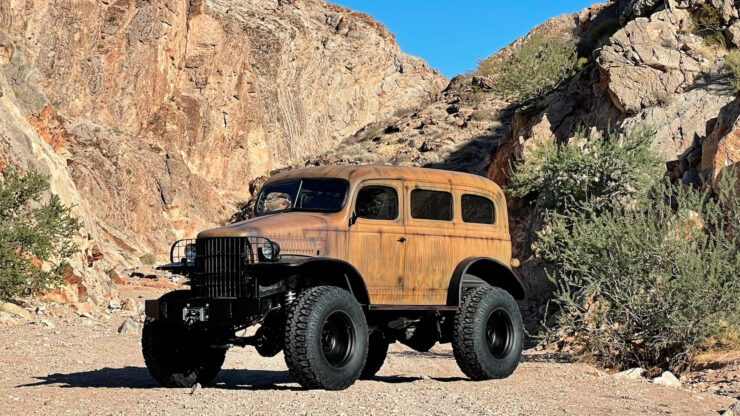
Images courtesy of Mecum

